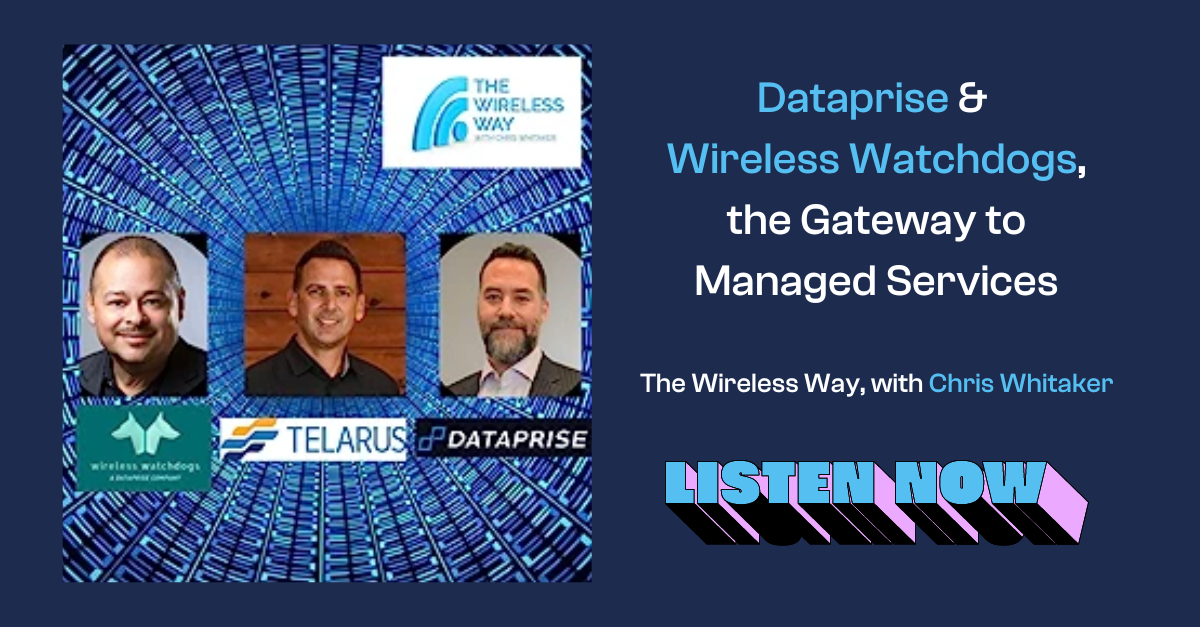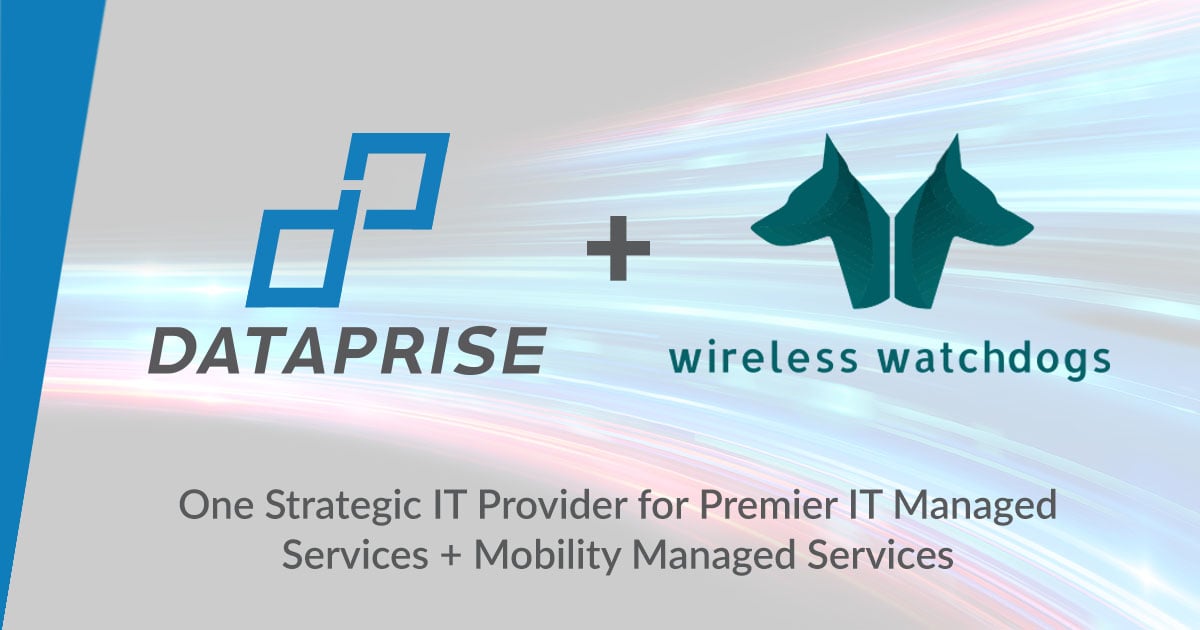Mobile device usage in business continues to be a growth market. And as that usage continues to grow, so too do business challenges that center around effective mobility management. How does a business ensure device security? How does it know that it’s getting the most cost-effective pricing from its mobile device carriers? And how does it cope with the added strains imposed on IT departments required to support the growing number of mobile devices?
The situation that confronts a business with growing mobile device usage is that these questions need to be addressed in order for their mobility initiatives to be cost-effective – but with little experience in mobility management, pulling all of the necessary management and support together can be extremely challenging. The solution for a business plagued with these challenges is very often to turn to an experienced third-party provider of managed mobility services (MMS) and mobile device management (MDM).
But finding a qualified provider can pose its own challenges to a business not familiar with the mobility landscape – including understanding, in the first instance, what it is they need to look for, as well as the vocabulary needed to understand the different solutions on offer from various providers.
With that in mind, we offer this look at exactly what MMS and MDM are, and how they differ from each other.
Managed Mobility Services (MMS)
Managed mobility services are concerned with managing the entire lifecycle of a company’s mobile device fleet, and have a somewhat (but not exclusively) account-based focus. At Wireless Watchdogs, for example, we can be involved with a company before the first device is ever purchased, helping them to understand what their needs and goals are and then helping them to create the policies needed to achieve those goals. We then help with the procurement, provision, and deployment of the devices they need, as well as act on their behalf as an authorized agent to the mobile carriers in order to ensure that they get the best structure and pricing available.
Once the mobile accounts are set up and the devices in place, we then provide continual monitoring in order to achieve two basic goals: That the company’s policies are adhered to, and that the accounts for those devices are always optimal in terms of price. In order to do that, we provide real-time analytics and reporting to our customers so that decision-makers always have the information they need to make informed decisions. They are the same analytics and reports that we use as we manage the accounts to ensure continual cost efficiency, and guarantee synchronicity between a company, its policies and goals, and our MMS efforts on their behalf.
As part of managing the entire device lifecycle, there’s another important service that is provided in order to optimize our customers’ mobility initiatives: Ongoing Help Desk support.
The Help Desk support is a key MMS feature because it removes the burden from a customer’s internal IT staff of having to support a potentially large number of mobile devices. Because the IT department is unlikely to be expert at supporting the mobile devices in use, supporting the devices themselves can chew up large amounts of time and resources. Further, IT departments are typically staffed and funded to support a company’s IT infrastructure, not its new mobile devices, leading to a vicious cycle whereby support all across the board suffers. By including Help Desk support as a part of mobility management services, we remove those burdens and costs from internal IT departments. It’s a win for both the IT department and the device users themselves.
Just as with ongoing Help Desk support, making sure that all mobile devices are always patched and updated is likewise an important aspect of managed mobility services. Keeping devices up to date is important in ensuring that they are always functioning as intended. But it’s especially important for securing devices– and thus, potentially, a business’s network and data – against hacking and malware attacks directed at vulnerabilities known in unpatched devices. And again, ensuring that updates reach all mobile devices could potentially place undue burdens on a company’s internal IT staff. By handing this responsibility off as part of ongoing MMS, companies again save time and money – and are more secure in the bargain.
And finally, because MMS should cover the entire device lifecycle, a device’s end of life is also an important part of those services. Our approach to device end of life as part of our managed mobility services includes ensuring that lost, stolen, or retired devices are no longer able to access networks – an important part of keeping data safe. To further ensure security, we also perform pre-recycle factory resets on retired devices, wiping them of any potentially sensitive data and applications.
Mobile Device Management (MDM)
As you will have gathered, managed mobility services must necessarily have some connection to the devices themselves – but in the bigger picture, MMS is about the lifecycle as a whole.
Mobile Device Management (MDM), on the other hand, directly involves the devices themselves. MDM is typically client-server software; the MDM server is centralized and controlled by administrators, while the mobile devices are provisioned with MDM agent software – the client.
Because the MDM software sits on the device, it offers capabilities that MMS in and of itself doesn’t provide. The details vary by the particular MDM software, of course, but typically they provide enhanced security of the device itself. MDM software may, for example, allow for a device to be partitioned into personal-use and business-use silos. Partitioning a device in this manner prevents users from sharing company data on their personal accounts – and likewise prevents a user’s personal data from being shared to the company network.
Access management and identity management – and thus corporate network authentication and access – are also readily controlled through MDM software. And because proper access management is readily achievable, other features can safely be provided to end users. For example, secure file synching and sharing is an important tool with many business use cases – and is readily achievable via MDM software.
Finally, the client-server nature of MDM software allows administrators to have granular control of devices and users across their network. This is especially important in mobile deployments where different users have need of different levels of access to the company network and its resources, because it can ensure that the right users have the right access at the right time – simultaneously increasing efficiency and security.
The Sum is Greater than Its Parts
Thus, MMS is process-centric, while MDM is device-centric. It’s entirely possible to have MMS without MDM software. Likewise, some companies will choose to do an MDM implementation on their own without any other managed mobility services. But the true potential power of MMS and MDM – decreasing costs while simultaneously increasing security – is only fully unlocked when MDM software is an integrated part of managed mobility services.
At Wireless Watchdogs, we’re happy to talk with you further about the various features of both MMS and MDM. You can request a demo of our platform at any time, and see for yourself the kinds of insights that our analytics and reporting can provide.
We also offer a free, no-obligation audit of your wireless accounts. You provide us your cellular bills for the last three months, and we’ll input them into our system and then show you – again, at no cost to you – how you could be saving money every month through our managed mobility services. The savings are real – tens of thousands of dollars a month, for some of our clients. To get started and see where you could be saving, request your free audit here:








